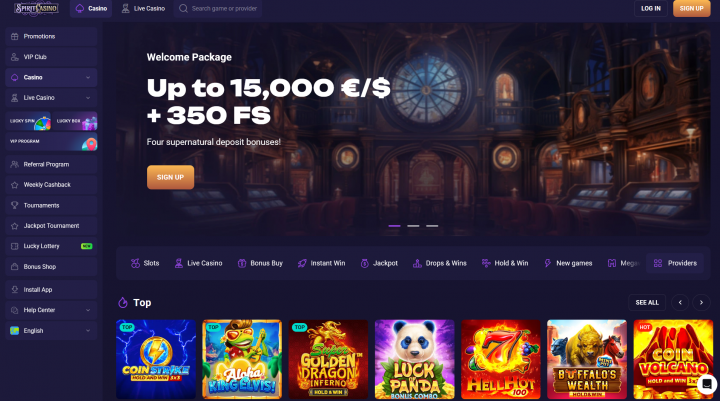The evolution of gambling from tables to screens

Table of Contents
The Roots of Casino Gaming
There is something timeless about the soft rattle of dice, the bright flicker of cards, and the clinking of chips across a green table. Casinos have always carried an air of tension and glamour that drew people in. Long before smartphones and virtual reels, gamblers relied purely on the physical space, the dealer’s grin, and the pulse of a late-night bet. The earliest casinos, even centuries ago, thrived on community and spectacle more than statistics. Yet, if you look at today’s online setup, the same emotional undercurrent remains. It just moved to a new stage — the screen.
One key example of this change can be explored through platforms like spiritcasino, which reflect how modern players seek convenience without giving up the excitement. It’s a balance that’s surprisingly close to what people valued when they first stepped into a casino hall. The shift looks technological, but it’s also psychological. Gamblers haven’t changed as much as their surroundings have.
From Tables to Screens
A few decades ago, nobody would have believed that slot machines could fit in a pocket. The tables that once required heavy wood, felt, and dozens of chips now appear as digital interfaces easily tapped and swiped. The first online casinos in the 1990s were simple — perhaps even crude — but players didn’t seem to mind. They were enchanted by the novelty of gambling at home.
Today, visual quality matches real casino ambiance through live dealers, HD streams, and immersive sound effects. The boundary between physical and virtual feels thinner than ever.
Technological Evolution and Player Experience
Gambling platforms evolved with each wave of technology. Broadband brought faster card turns. Smartphones made spinning reels possible during a coffee break. Artificial intelligence began curating personal recommendations, nudging users toward games that fit their taste. Some might call that manipulative, others find it convenient. I think it depends on one’s self-control more than the algorithm.
The Rise of Mobile-Friendly Platforms
In the mid-2010s, developers realized something — most users preferred phones. This led to simplified interfaces that could still host complex slot games and real-time poker rooms. Some sites even introduced haptic feedback to simulate the thrill of pulling an actual lever.
| Era | Innovation | Effect on Players |
|---|---|---|
| 1990s | Basic online casino websites | Access from home, simple design |
| 2000s | Video slots and digital payments | Enhanced visuals, smoother transactions |
| 2010s | Mobile-first designs | Gaming anywhere, anytime |
| 2020s | Live dealer, blockchain integration | Trust, transparency, realism |
Changing Mechanics of Play
What fascinates me is how the games adapted structurally to the new world. Traditional tables limited players by space. Online systems removed that boundary entirely. Multiplayer slots became common, and tournaments turned global overnight. With these came new odds, new payouts, and a changing rhythm of excitement.
Bonuses and Incentives
Bonuses redefined how gambling begins. Instead of walking in with cash, players often register and receive credits. The sign-up offers and free spins seem generous, but of course, they come with conditions. Still, that initial taste creates a sense of attachment quickly.
- Welcome bonuses for new users
- Weekly cashback programs
- Free spins tied to promotions
- Loyalty multipliers for long-term play
Risk vs Reward Tables
| Game Type | Average RTP | Volatility |
|---|---|---|
| Classic Slots | 95% | Medium |
| Live Blackjack | 99% | Low |
| Roulette | 97% | Low |
| High-Variance Video Slots | 94% | High |
The Social Layer of Online Gambling
Something unexpected happened when gambling went digital — it didn’t become lonelier. Chat rooms, forums, and live hosts filled the gap. Players now gossip, tease, and even celebrate collective wins. It feels different, yes, but certainly not cold. And if you hover over a live dealer’s name (try here true), you might see that they’re hosting dozens of people at once. It’s community, just reimagined for screens.
Modern Practices, Payment, and Bonuses
Financial transactions evolved as rapidly as the games themselves. What was once cash handed over a counter became instant digital wallets and crypto transfers. Many gamblers appreciate this privacy and speed, although some remain cautious about regulations. The key, maybe, is trust — something that good platforms consistently earn over time.
- Player registers through verification.
- Initial deposit using card or e-wallet.
- Claim promotional offers, if available.
- Play slots, tables, or live games.
- Withdraw via secure digital systems.
Just a few clicks now accomplish what used to take a walk to the cashier’s cage.
Glimpse Into the Future
What’s next? Likely VR casinos, artificial dealers more human than some humans, and systems that predict not just what we might play, but how long. Some of that sounds unsettling, yet part of me finds it thrilling. Gambling has always mirrored its era’s technology. In that sense, maybe screens are just another table, waiting for us to place our bets.



